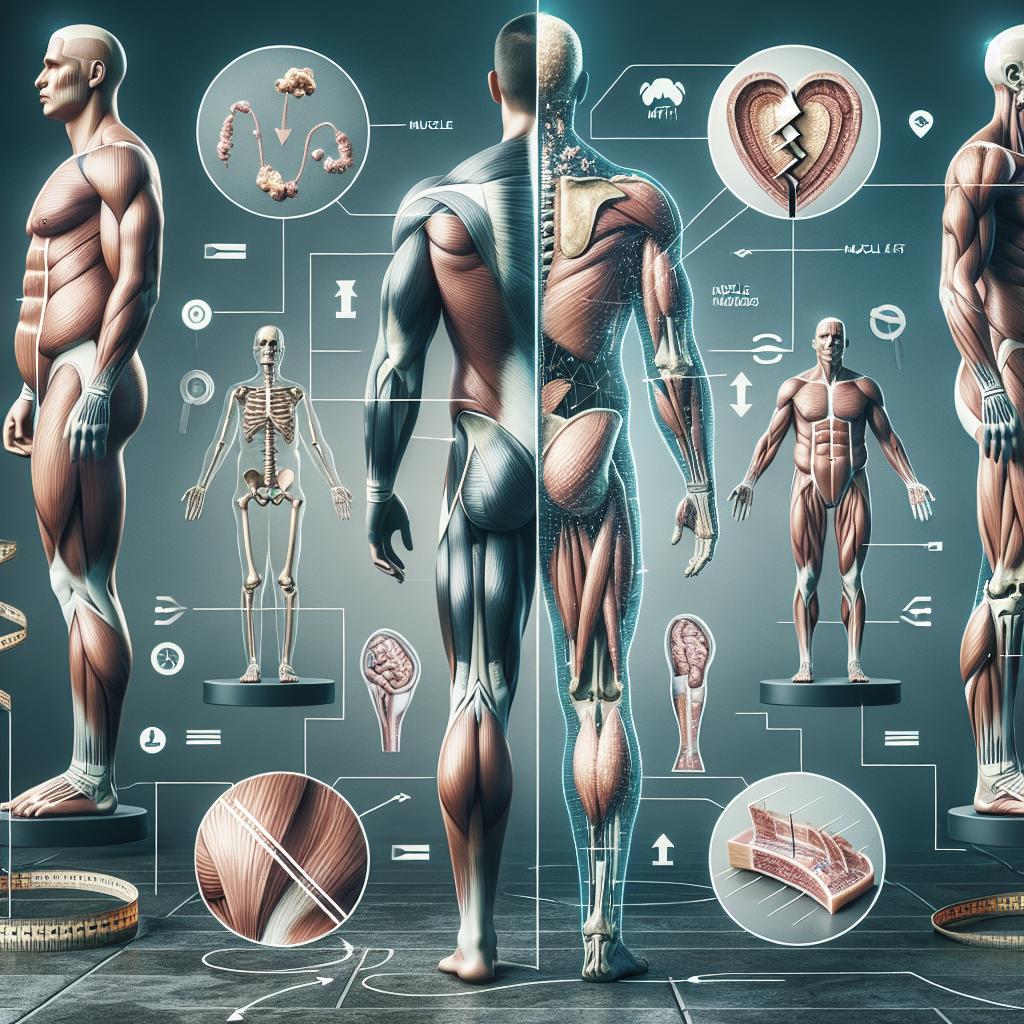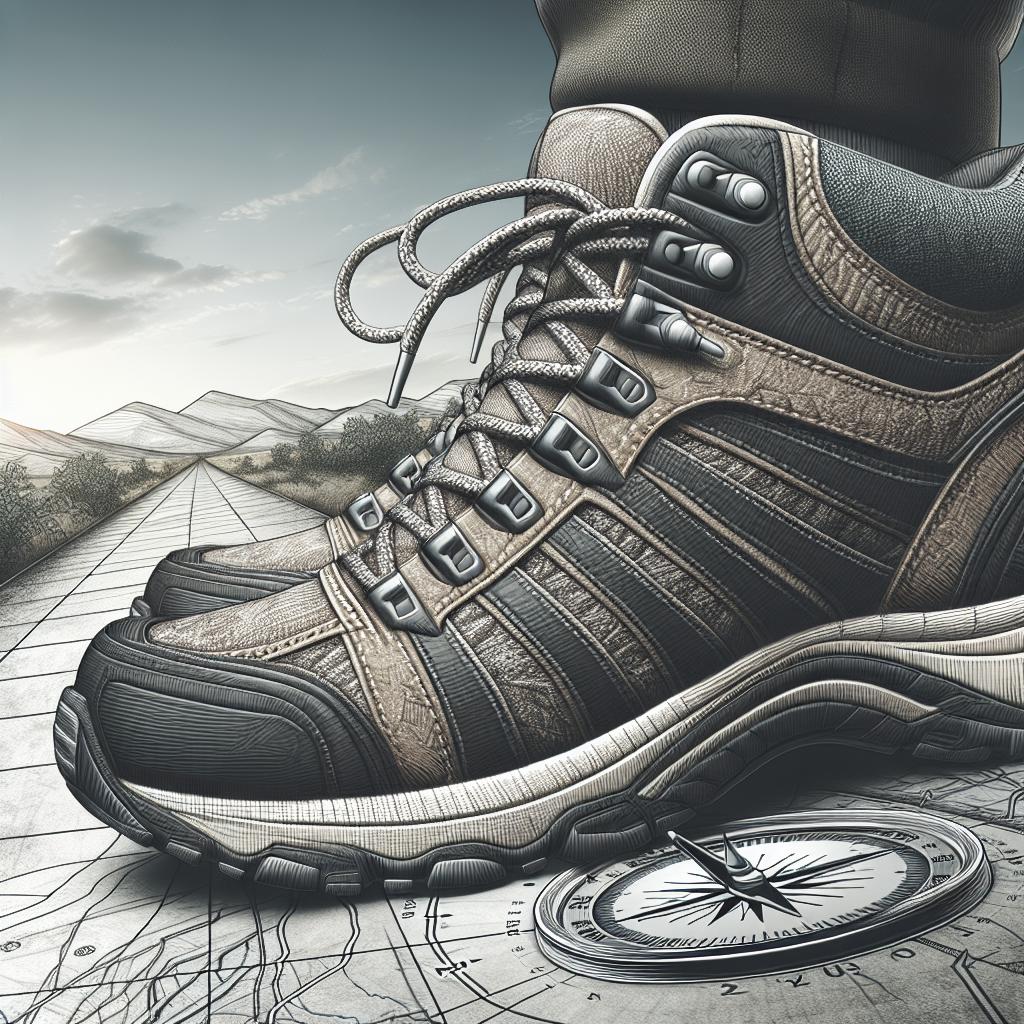Debunking Fitness Myths: Understanding Exercise Misconceptions
In the world of fitness, myths can easily mislead those eager to achieve their exercise goals. From misconceptions about building muscle to misunderstandings related to post-exercise recovery, many beliefs can often divert even the most focused individuals. This article aims to clarify ten common myths about exercise, providing you with scientifically-supported insights. By unpacking these myths, we hope to empower you with the knowledge necessary to optimize your fitness journey, making informed decisions along the way.
Myths About Exercise That May Hinder Your Workouts
Myth 1: Abdominal Exercises Will Flatten Your Stomach
Many believe that doing countless sit-ups or crunches will lead to a flat stomach. While these exercises can strengthen your core muscles, they do not specifically target abdominal fat. Fat loss occurs across the entire body, not just one targeted area.
To achieve a flat stomach, a combination of a balanced diet, regular cardiovascular exercise, and strength training is essential. Spot reduction is a myth, and focusing on overall body fitness is the key to achieving desired abdominal cuts.
Myth 2: Pilates and Other Exercises Can Create Long Lean Muscles
Pilates and similar strength-building exercises promote improved muscle tone and posture, yet they do not change the length of muscles. Muscle length is determined genetically and by bone structure.
Practices like Pilates enhance muscle flexibility and endurance rather than fundamentally changing their composition or length. Recognizing these exercises’ real benefits helps set realistic fitness goals.
Myth 3: Rest Is Best When You Are Sore from Exercise
While rest is important, complete inactivity is rarely the solution for muscle soreness. Engaging in gentle movements and low-intensity exercises such as walking or yoga can help reduce soreness by promoting blood flow to the muscles.
Implementing active recovery methods is often more beneficial than total rest, aiding in faster recovery times and better overall muscle adaptation to new workout regimens.
Myth 4: Lactic Acid “Build-Up” Causes Muscle Pain After Exercise
The burning sensation you feel during intense exercise is due to lactic acid, but it quickly dissipates after the workout ends. Muscle soreness experienced in the days following a workout, known as DOMS (Delayed Onset Muscle Soreness), is caused by microtears in the muscle fibers as they adapt to new strains.
Understanding that lactic acid isn’t the culprit in post-exercise soreness helps when planning recovery strategies and recognizing the body’s natural adjustment process to physical exertion.
Myth 5: Fat Turns Into Muscle with Exercise or Vice Versa
Fat and muscle are two distinct types of tissue with different functions. One does not transform into the other. When you exercise, muscle fibers can become stronger and more defined, and fat can be broken down and used as energy, contributing to overall fat loss.
When exercise ceases, muscles may shrink or lose definition due to inactivity, and fat may accumulate if caloric intake exceeds expenditure. The process involves changes in body composition rather than conversion.
Myth 6: If I Am a Woman and I Lift Heavy Weights, I Will Get Big and Bulky
The hormone testosterone is a major factor in muscle size increase, and women typically have lower levels than men, making it difficult for them to achieve bulkiness from weightlifting alone.
Women who engage in strength training can gain strength and definition without excessive muscle growth. Weightlifting can enhance metabolic rate and aid in fat loss, shaping the body effectively.
Myth 7: If I Sweat a Lot I Must Be Working Hard
While sweating is a sign of the body cooling itself, it is not a reliable indicator of exercise intensity. Sweat levels can be affected by humidity, temperature, and individual physiology.
Effective workouts are better measured by heart rate, effort, and progress over time, rather than moisture levels on the skin. Sweating is a personal and environmental response, not a measure of effort.
Myth 8: Caffeine Drinks Prior to Exercise Will Dehydrate You
Though caffeine is a mild diuretic, moderate consumption before exercise does not significantly dehydrate the body. In fact, caffeine can enhance performance by increasing focus and reducing perceived exertion.
Hydration balance should be maintained with adequate water intake, but caffeine, in moderation, can be incorporated into pre-workout routines to positive effects.
Myth 9: If I Don’t Hurt When I Exercise, I Am Not Achieving Anything
Exercise without pain can still be effective. Progressive overload, not soreness, is the key to fitness improvements. The absence of pain doesn’t indicate a lack of efficacy; sustained effort and consistency determine outcomes.
Listening to your body and avoiding overtraining reduces injury risk, enabling you to adhere to and progress with your fitness regimen effectively and enjoyably.
Myth 10: Stretching Reduces Injuries
Stretching is beneficial for flexibility, but it doesn’t directly correlate to injury prevention. Studies suggest warm-ups and dynamic stretching can better prepare the body for exercise, reducing injury risk.
Incorporate a variety of activities, like strength and balance training, to support joint stability and muscle coordination, which more effectively prevent injuries than static stretching alone.
Future Prospects in Fitness Understanding
| Myth | Reality |
|---|---|
| Abdominal Exercises will flatten your stomach. | Total body fat reduction and a balanced fitness regime are essential. |
| Pilates can create long, lean muscles. | Improves tone and endurance, muscle length is genetic. |
| Rest is best when you are sore. | Active recovery is more beneficial. |
| Lactic acid causes muscle pain after exercise. | Soreness is due to micro muscle tears. |
| Fat turns into muscle with exercise. | Fat and muscle are distinct; changes occur through different processes. |
| Women get bulky from lifting weights. | Typically low testosterone levels prevent excessive bulkiness. |
| If I sweat a lot, I’m working hard. | Sweat isn’t an intensity measure, focus on heart rate and exertion. |
| Caffeine drinks dehydrate you. | Moderate caffeine doesn’t dehydrate significantly. |
| Exercise must hurt to be effective. | Pain-free workouts still provide benefits and reduce injury risk. |
| Stretching reduces injuries. | Dynamic warm-ups and diverse training better prevent injuries. |
Submit a Comment
Trackbacks/Pingbacks
-
Myth Busting in Fitness: A Comprehensive Guide
-
Understanding Physical Activity: The Truth Behind Common Beliefs


